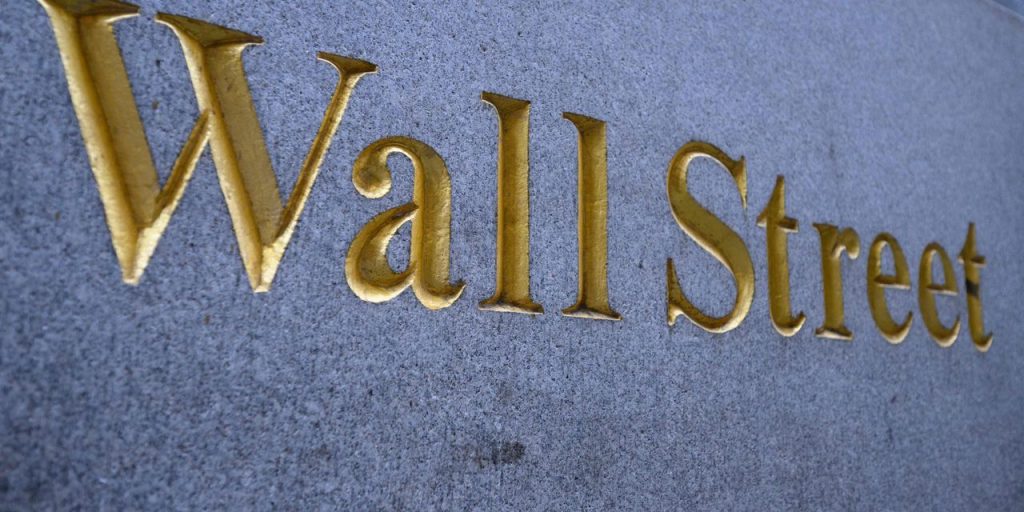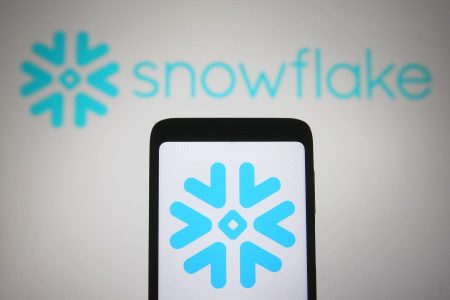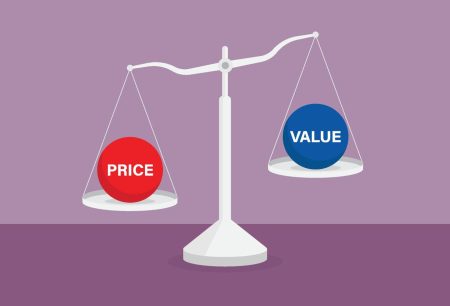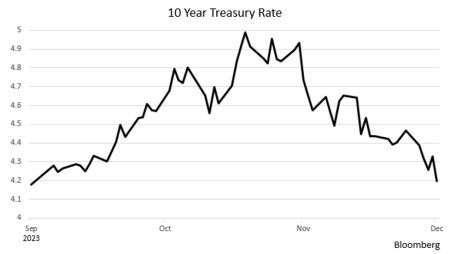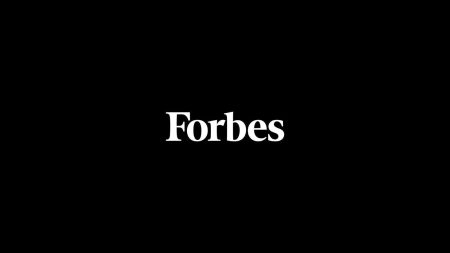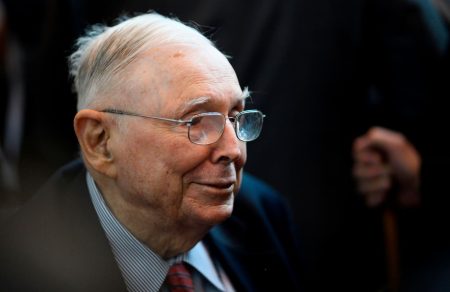The U.S. bond market has kicked September off with broad losses, extending its summer slide as investors hunt for income strategies in a volatile environment for yield.
After four straight months of declines, the iShares Core U.S. Aggregate Bond ETF
AGG
has lost around 1% so far in September for a total return this year of just 0.5% through Tuesday, according to FactSet data.
In their search for yield, investors are trying to gauge how long the Federal Reserve may keep interest rates at higher levels after lifting them in the past year to combat elevated inflation. The Fed’s rapid rate hikes in 2022 generally pummeled the bond market with losses last year.
Meanwhile, the iShares 20+ Year Treasury Bond BuyWrite Strategy ETF
TLTW
has returned a total 3% this year through Tuesday, outperforming both the losses of its underlying fund and the broad U.S. bond market’s tiny gain, FactSet data show.
“If you think rates are sticky here,” and going to be “rangebound,” then that may be an appropriate environment for the BuyWrite strategy, said Steve Laipply, BlackRock’s global co-head of bond ETFs, in a phone interview. “You’re basically giving up your upside in exchange for a high level of income.”
BlackRock launched the iShares 20+ Year Treasury Bond BuyWrite Strategy ETF in August 2022 with the aim of providing investors exposure to long-term Treasury bonds plus additional income through an options strategy. The fund invests in shares of the iShares 20+ Treasury Bond ETF
TLT,
which this year has lost 4% through Tuesday on a total return basis, FactSet data show.
While the BuyWrite ETF should outperform in an environment where rates are rangebound or generally rising, said Laipply, “if you are expecting a reversal in rates that will start trending downward, that’s the wrong environment.”
Fed Chair Jerome Powell indicated during his late-August speech at the Jackson Hole Economic Symposium that the central bank plans to hold its policy interest rate at a restrictive level until inflation is moving down sustainably toward its 2% target – and could keep raising them if needed.
BlackRock introduced three BuyWrite strategies to the fixed-income ETF market about a year ago to provide two streams of cash flow. One stream stems from the yield of the underlying ETF, and the other is linked to the premium collected from selling monthly call options on it.
The iShares 20+ Year Treasury Bond BuyWrite Strategy ETF is the largest among the three funds, with $659 million of assets under management as of Sept. 1, according to FactSet data.
BlackRock’s other two BuyWrite strategies in fixed income are the iShares High Yield Corporate Bond BuyWrite Strategy ETF
HYGW
and iShares Investment Grade Corporate Bond BuyWrite Strategy ETF
LQDW.
Meanwhile, the firm’s investment research division is favoring short-term bonds.
“We up short term sovereign bonds on attractive yields and downgrade credit in the long run,” strategists at BlackRock Investment Institute said in a note Tuesday. “We stay cautious on long term bonds even with the surge in yields.”
Read: ETF flows ‘swoon’ in August as this area of bonds dominate
On Wednesday morning, 10-year Treasury yields
BX:TMUBMUSD10Y
were trading around 4.24% while 30-year yields
BX:TMUBMUSD30Y
were at 4.35%, according to FactSet data, at last check. The yield on shorter term two-year Treasury notes
BX:TMUBMUSD02Y
were trading above those rates at 4.94%.
“The new regime of greater macro volatility calls for more nimble and dynamic strategic views,” the BlackRock strategists said.
Meanwhile, the iShares Short Treasury Bond ETF
SHV,
which provides exposure to Treasurys maturing within 12 months, has returned a total 3.2% this year through Tuesday, according to FactSet data.
“We still see investors demanding more compensation for holding long-term bonds given higher inflation, greater macro volatility and rising debt levels,” the BlackRock strategists said. “We also like inflation-linked bonds.”
Read: Bond ETFs just hit the $2 trillion mark, could triple by 2030, says BlackRock
Read the full article here





